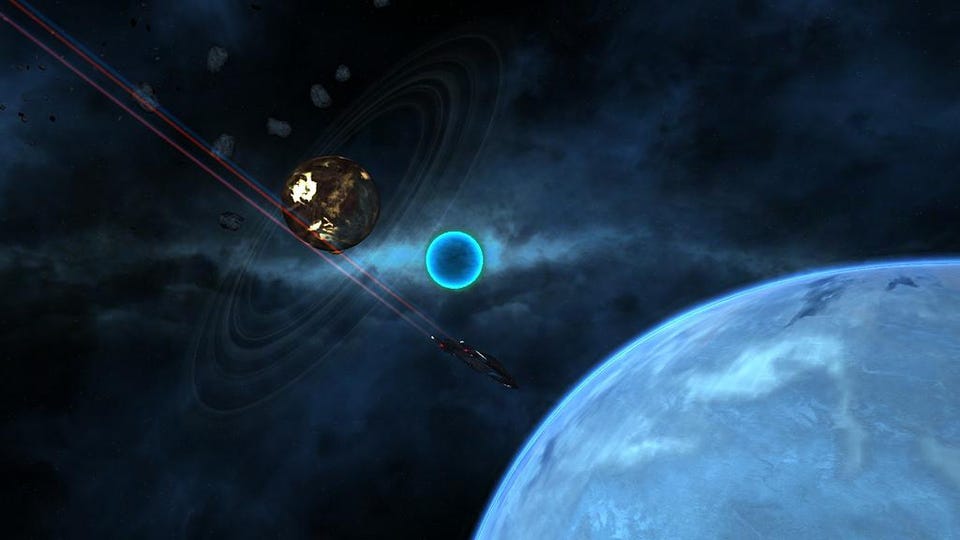Bad News: Aliens Abducted Me. Good News: My Cell Has Plasma TV!

There you are, minding your own business on the outskirts of Sydney, thinking about seafood, sex, getting ahead, whatever, when whoomf, the aliens’ ship has caught you. And now you’re a subject in their weird experiments. For example, they want to know if you have a personality, so they use their mysterious technology to see how you react when you think you’re seeing common objects from your days of freedom (food, geometrical shapes, someone you might know).
But your reactions are inconsistent. Sometimes you spring to attention and rush around. Other times you just lie there, looking glum. Somehow, you feel, they shouldn’t be surprised. You’re being kept in a box in some alien lab; who wouldn’t be moody?
Bright side: At least your cell has high-def. And the aliens, Renata Pronk and her colleagues at Macquarie University in Australia, are not misled by your highs and lows. That you show any signs of personality at all is, as they recently reported in the Journal of Experimental Biology, a remarkable fact. You are, after all, an octopus. You all look kind of alike to us primates (eight arms, no face, talk about hard to read). We weren’t sure you even had individual differences.
That’s where the high-definition screen came in. Previous experiments had tried using television screens to gauge octopus reactions.But they didn’t get very far. Pronk and her co-authors speculated that the trouble might be analog television technology. It presents the equivalent of around 29 still pictures per second, which is enough to fool the human eye into thinking the light is a moving image. To the octopus eye, though, that might look like nothing but a weird light cut into alternating light and dark horizontal lines. So the experimenters recorded their videos at 50 frames per second, and used LCD screens to show them. That let them present the clips at 50 frames, and also to refresh every single onscreen line at the same time (no more alternating light and dark). It’s a milestone our species might want to recall if and when we contact extraterrestrial life: Pronk and her team had devised a way to make images represent reality to a non-human species.
Working with captured specimens of the Gloomy Octopus from Sydney harbor (that’s a species name, by the way, not a character sketch), Pronk and Co. were able to show that their subjects reacted consistently each day to videos of other octopuses, crabs (their favorite food) and octopus-appropriate puzzles. However, on a different day, the same individual would respond quite differently to the videos. A sign that the creatures display “episodic personality,” the experimenters write. (I’m not entirely sure what this means—I think “episodic personality” is good enough for any creature, and I’m not sure I display anything more consistent myself.)
Still, it’s a cool result (well-described here, which is where I learned about all this). Cooller still is the way the experimenters found to communicate with a form of intelligent life that developed in an environment, and a body plan, that is, on this planet anyway, as far as one can get from our own.




